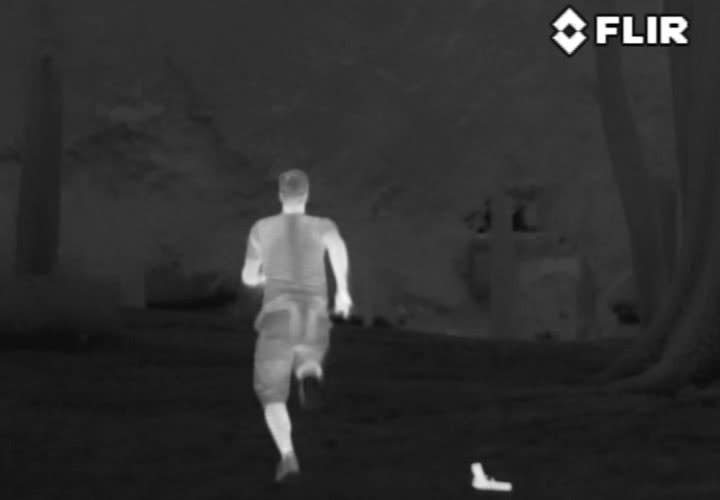There's a reason for this lack of interest and lack of knowledge. Night vision technology is complicated and at one time it was prohibitively expensive, the stuff that only a few agencies and the military could afford. So let's demystify the stuff, discuss its benefits, and talk about how and where you can get it, and why the price is dropping into your affordability range.
Thermal Imaging
Scientists have been studying thermal energy for hundreds of years. Back in the 1700s astronomer William Herschel started identifying the infrared part of the spectrum, invisible to the human eye, by looking at the sun with his telescope using different colored filters. There wasn't much practical application of this science until shortly after World War II when the U.S. Air Force began using downward-looking infrared cameras for reconnaissance missions.
Thermal energy comes from a combination of sources. Some things, including people, engines, and machinery create their own heat, either biologically or mechanically. Other things such as land, rocks, and vegetation absorb heat from the sun during the day and then radiate it off during the night.
Thermal cameras are actually sensors that see and measure thermal energy emitted from an object. Thermal or infrared energy is light that's not visible because its wavelength is too long to be detected by the human eye; it's the part of the electromagnetic spectrum we perceive as heat. Everything with a temperature above absolute zero (-459.67 degrees Fahrenheit) emits heat. So even ice cubes emit infrared energy.












